Kyoto: overrated?
Post-Kyoto trauma
This will unleash the wrath of all gods and kamis in Kyoto. This will create a definitive clash with all the people who are praising Kyoto as the most beautiful city in Japan. So be it. Let there be wrath and rotten tomatoes, but unfortunately this won't wash away the bitter aftertaste that Kyoto left me.
I must start by saying that it was the Golden Week when I went there. This explains a lot. This explains everything. During the Golden Week, the first week of May which is also the biggest series of public holidays in Japan, all Japanese cities are engulfed with tides of tourists, hotels are fully booked, subways and trains are all packed. It’s unbelievable how an apparently anodyne fact can alter the perception, transforming an esthetically superb place into an awful experience. At Tofuku-ji, Kinkaku-ji and all the other temples the only way of walking was with small steps, patiently following the flow of people. Lines at temples, lines the taxi and bus stations.
The entire city was an interminable queue. Can you imagine a 100m line at the Kinkaku-ji bus station? Maybe longer. It was meandering beyond the corner of the street and I couldn’t really see its tail. The only possible way of getting into a bus was by “cheating” and walking towards the upstream station...
Nevertheless, after this ruthless intro, I must admit that there are two or three things that I am grateful for to Kyoto.
1. Nishiki Street Market
The first one is the Nishiki market. Despite the milling hordes, Nishiki has its charm. Its traditional counters are a photographer’s heaven. Exalted or jaded merchants mumbling their siren songs to the curious customers, mountains of seafood, tea, wooden shoes, roasted chestnuts, Japanese dolls, steam raising from gigantic ovens, ubiquitous smell of food, warm light pouring through the kaleidoscopic glass ceiling, price and promotion tags fluttering in the air. Hectic delight of all senses.

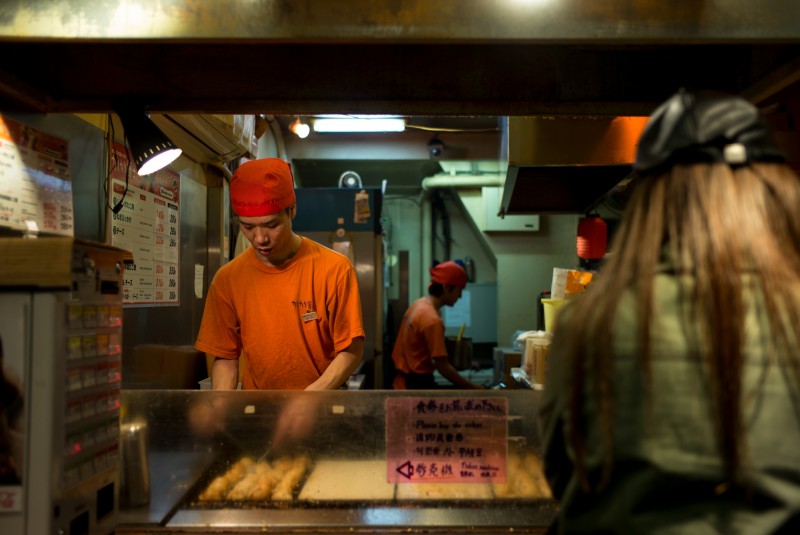
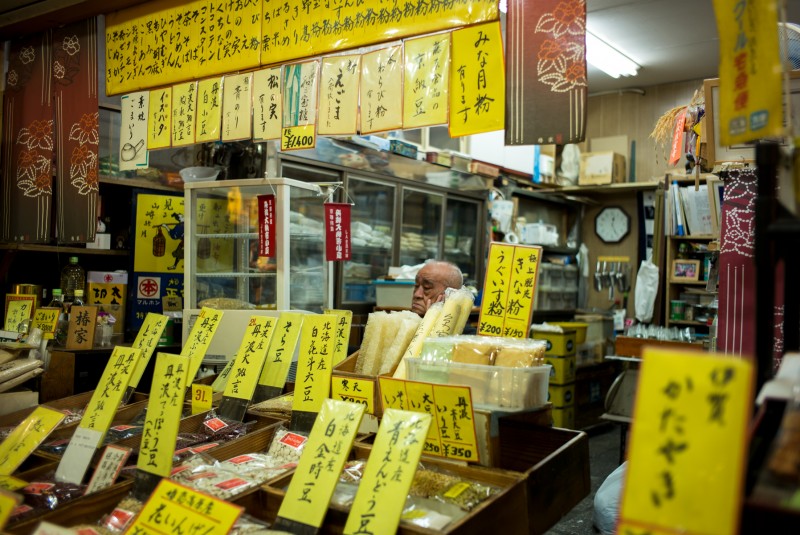

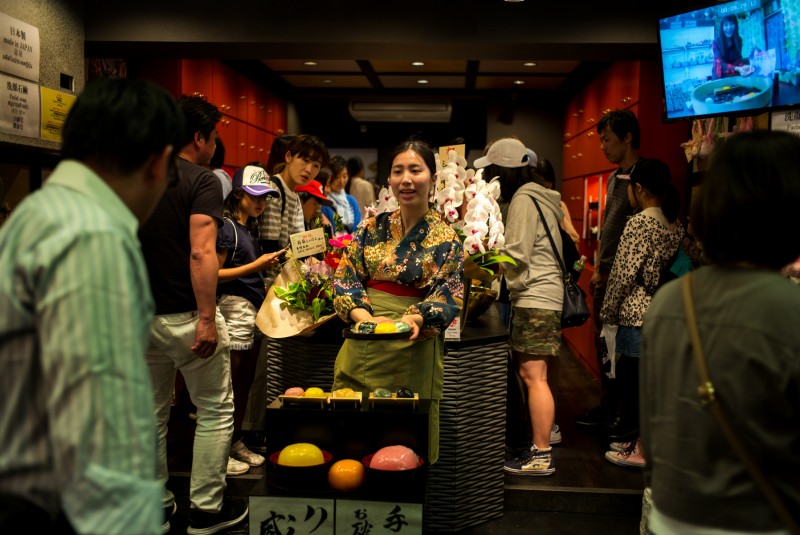
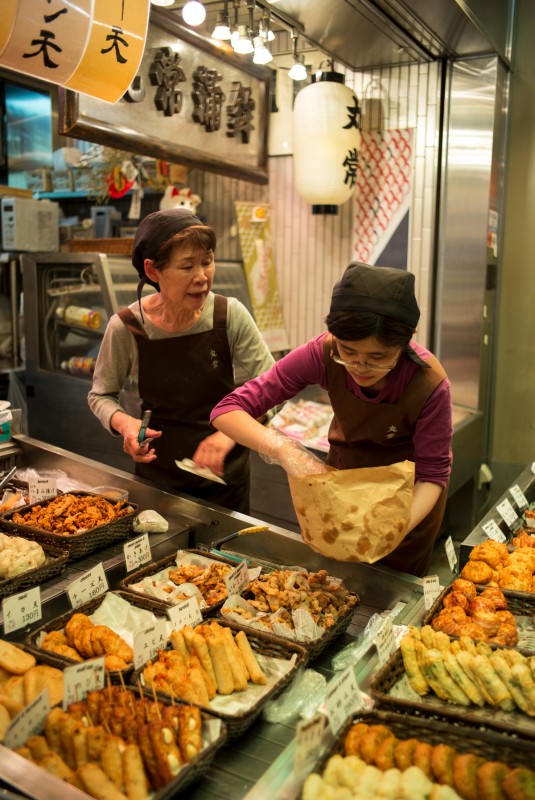
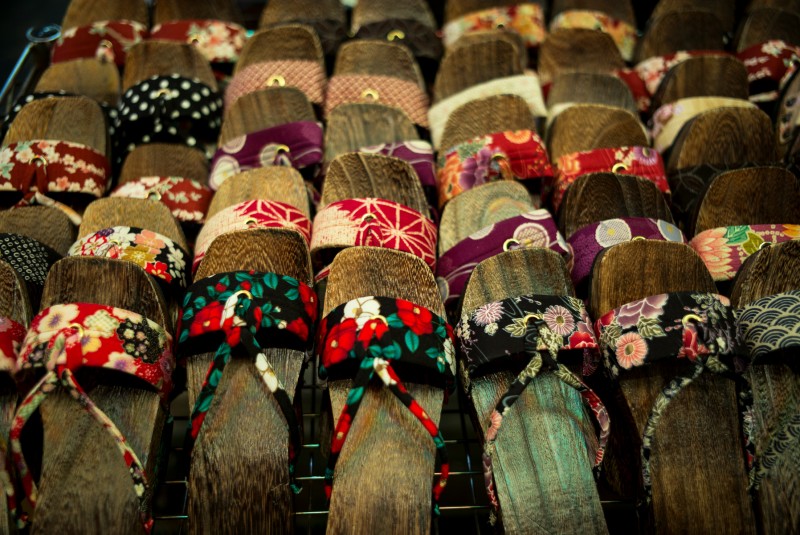
2. The kawaii touch
The second one is about the most unbelievable tactile experience I’ve ever had. As tourist, to be clear :). It was inside a mall that I found shelter from the crowds (it sounds absurd, I know), with the pretext of searching for a new eyeliner. Quickly after trying some pencils, the skin of my left hand was all covered in colored and glossy doodles. A young sales lady invited me to sit down at a table. She took my hand in her hand and started to softly rub my skin with a cotton pad filled with make-up remover. The color stripes were almost gone and I thought the cleansing was over. But no. Then she took a different piece of cloth, this time a wet one, meticulously removing the make-up remover traces. And, after that, she used a dry handkerchief to remove the water, while still holding my hand in hers. Her skin was warm and white, softer than a magnolia petal. A ritual of delicacy, care and hypnosis that I’ve never ever experienced before. Would do it again anytime.
[No, I don't have pictures of this :)]
3. Real vs. fake in place branding
The third and by far the most important one is that Kyoto made me ponder more than ever about the nature of our relation to places. How come that we relate to some places better than to others? What makes the difference between places we love and places we detest? Where does the real beauty of a place come from, beyond the common wisdom of its aesthetics and architecture? We all agree there isn't any universal truth. Each of us has its own ways and criteria for appraising a place – which may, of course, lead to totally opposite opinions.
For me, a place is beautiful when it is real. When it seems real to me. I tend to relate with what I believe to be authentic in a place: eating where local people eat, strolling around perfectly unknown streets, looking at common scorched buildings and houses, doing whatever regular local people do, exploring random corners. A good city is one that gives me full access to its day-to-day life. One that doesn’t strive to impress me with fancy tourist-trap restaurants, venues, landmarks or neighborhoods.
The line between “great” and “awful” is mainly drawn by the perception of “real” vs. “fake”. I just can’t resonate with places overwhelmed with their own beauty and importance. I despise bipolar cities that display one face for tourists and another one for the locals. I feel sad when a city makes a promise and doesn’t keep it.
Kyoto’s promise was one of a peaceful, charming city steeped in history and spirituality. Instead, what I found there was the streets’ fracas and the feeling of a vitrine city that I just wanted to escape from.
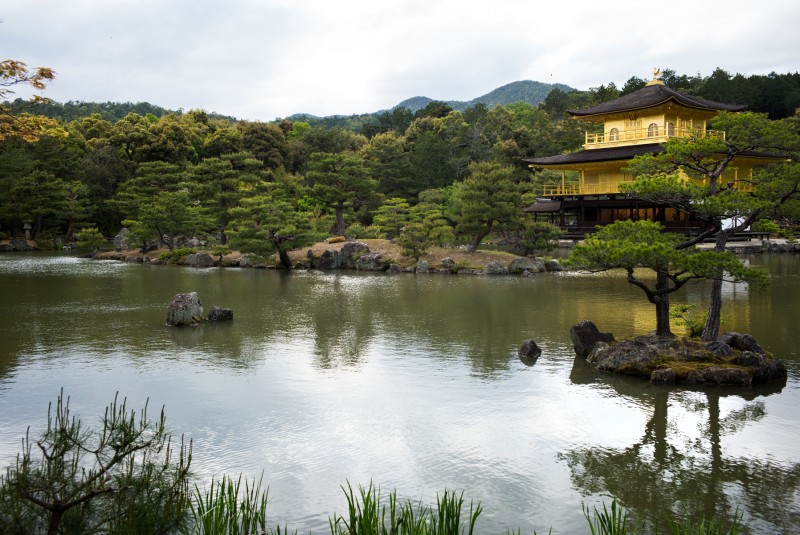
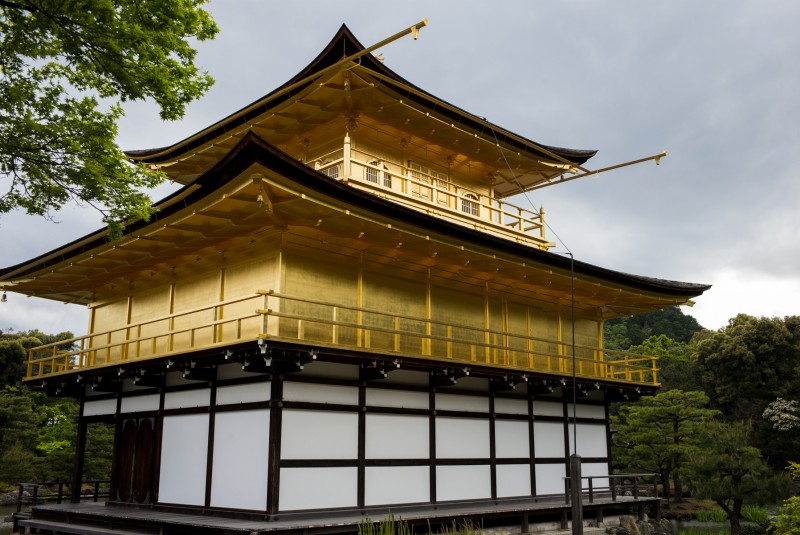
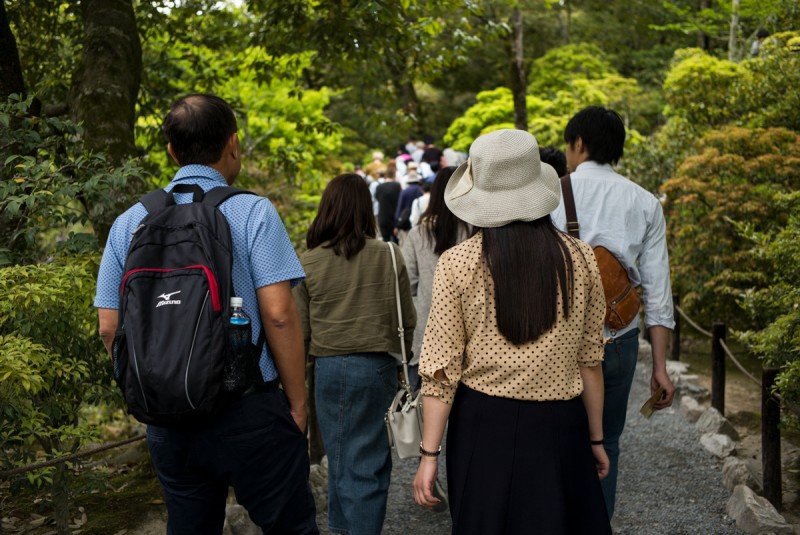
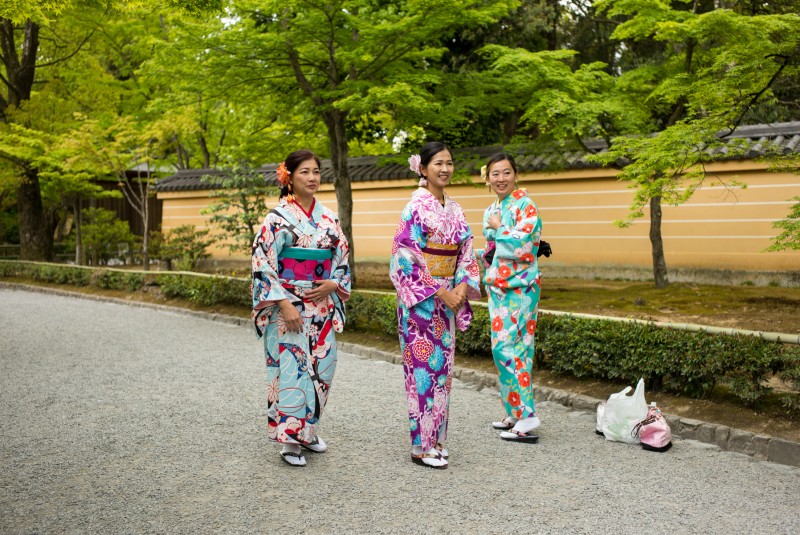

Kyoto, be real.
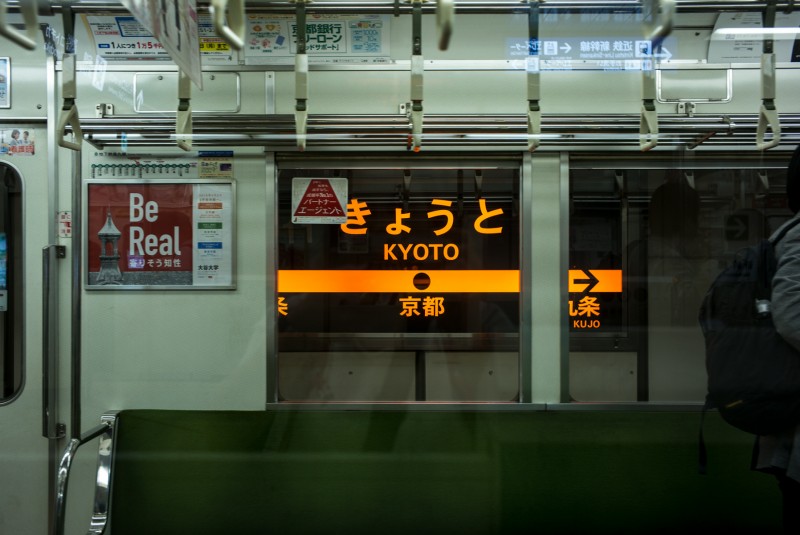
#LeicaM #Summilux50mm #Summicron35mm #Kyoto #Japan
©Madalina Diaconescu 2017